-_02b76083dd?_a=BAVAfVDW0)
Hands-On With Patek Philippe’s Ultimate Modern World Time Cloisonné Reference 5131
The Reference 5131 is a perfectly executed tribute to the earliest days of Patek Philippe’s legendary World Timers and enamel dials
It's hard to argue with the allure of a world timer. Not only is the complication imminently practical in this connected, global age but there's an element of wearing the whole world on your wrist, which is impossibly charming.
Patek Philippe is famous for its world time watches, producing their first world timers in 1937, using Louis Cottier's ingenious take on the complication, which was patented only a few years earlier, in 1931. Throughout the 1920s and 30s, rapid world travel became increasingly accessible thanks to intercontinental aviation, so it's only natural that watchmaking would meet the needs of the increasingly modern world. Eight-odd years after those initial world timers, the globe is even more tightly connected, with 24-hour instant communications and near-supersonic jet travel, making the globe-at-a-glance view afforded by the complication even more valuable.
The Origins
Yet one of the most important world timers of the modern era, the Patek Philippe World Time 5131, directly references one of the earliest Patek Philippe World Timers, Reference 605 HU, a pocket watch with a Cottier world time movement and a stunning central enamel dial, often featuring a colorful map of the world.
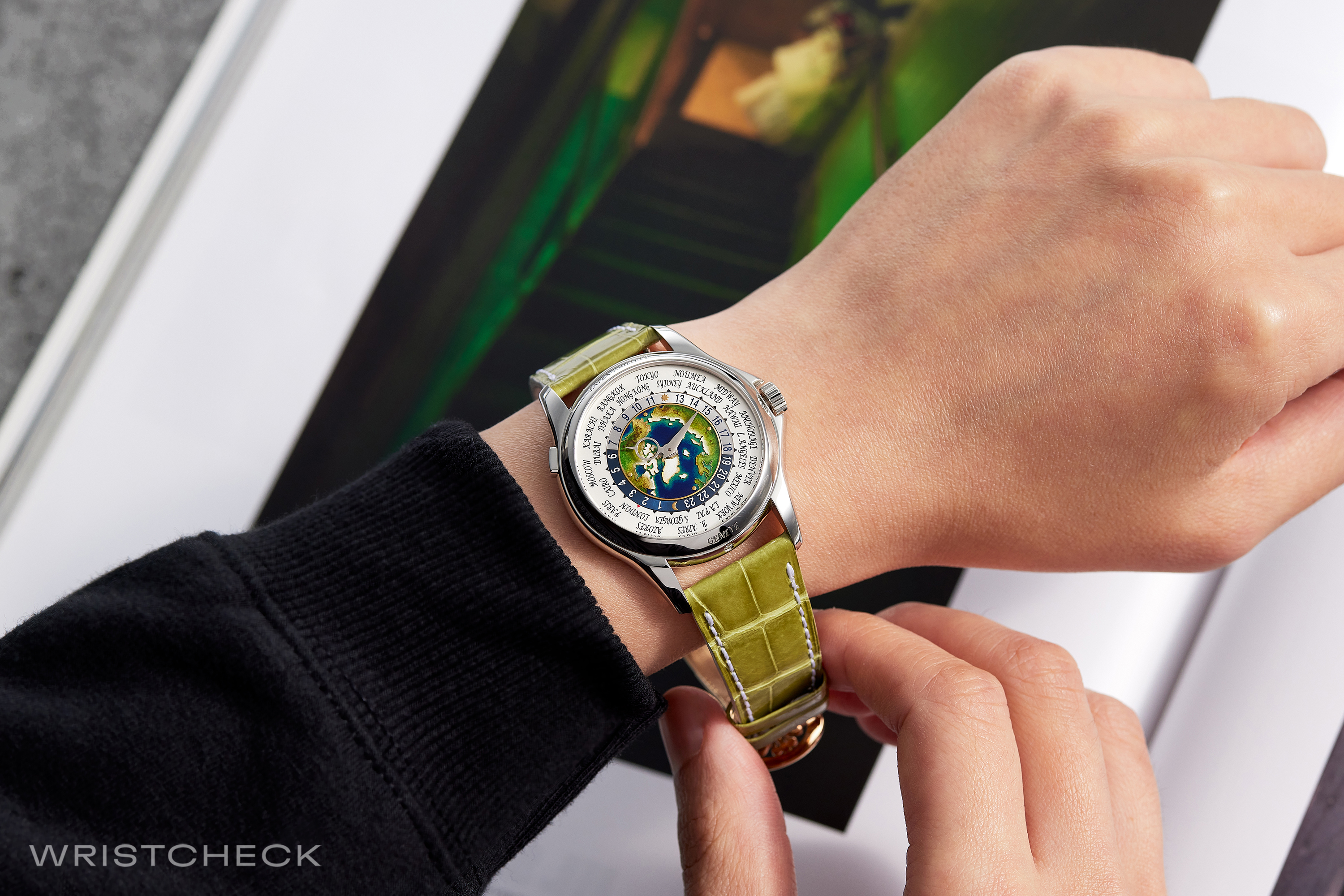
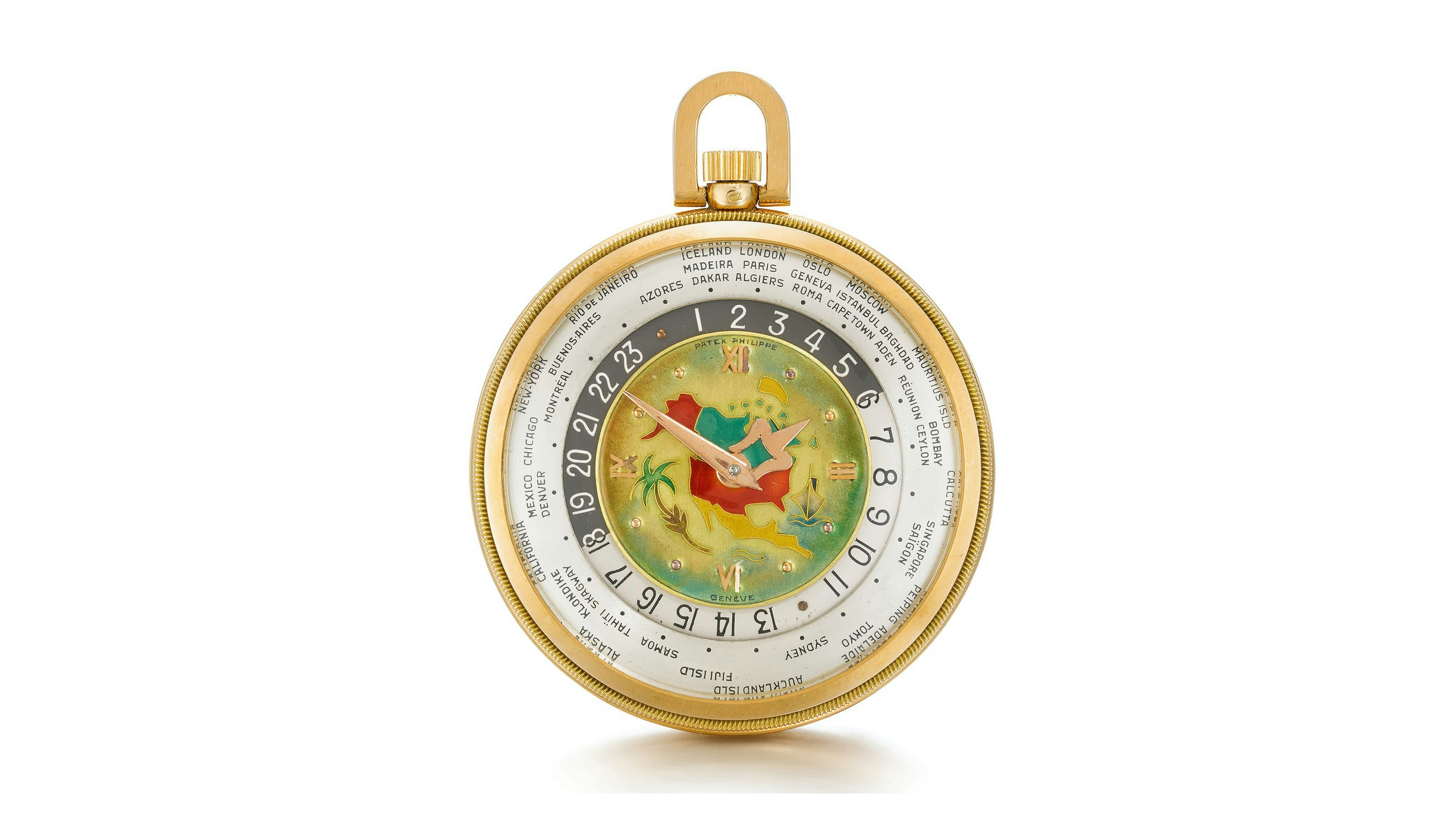
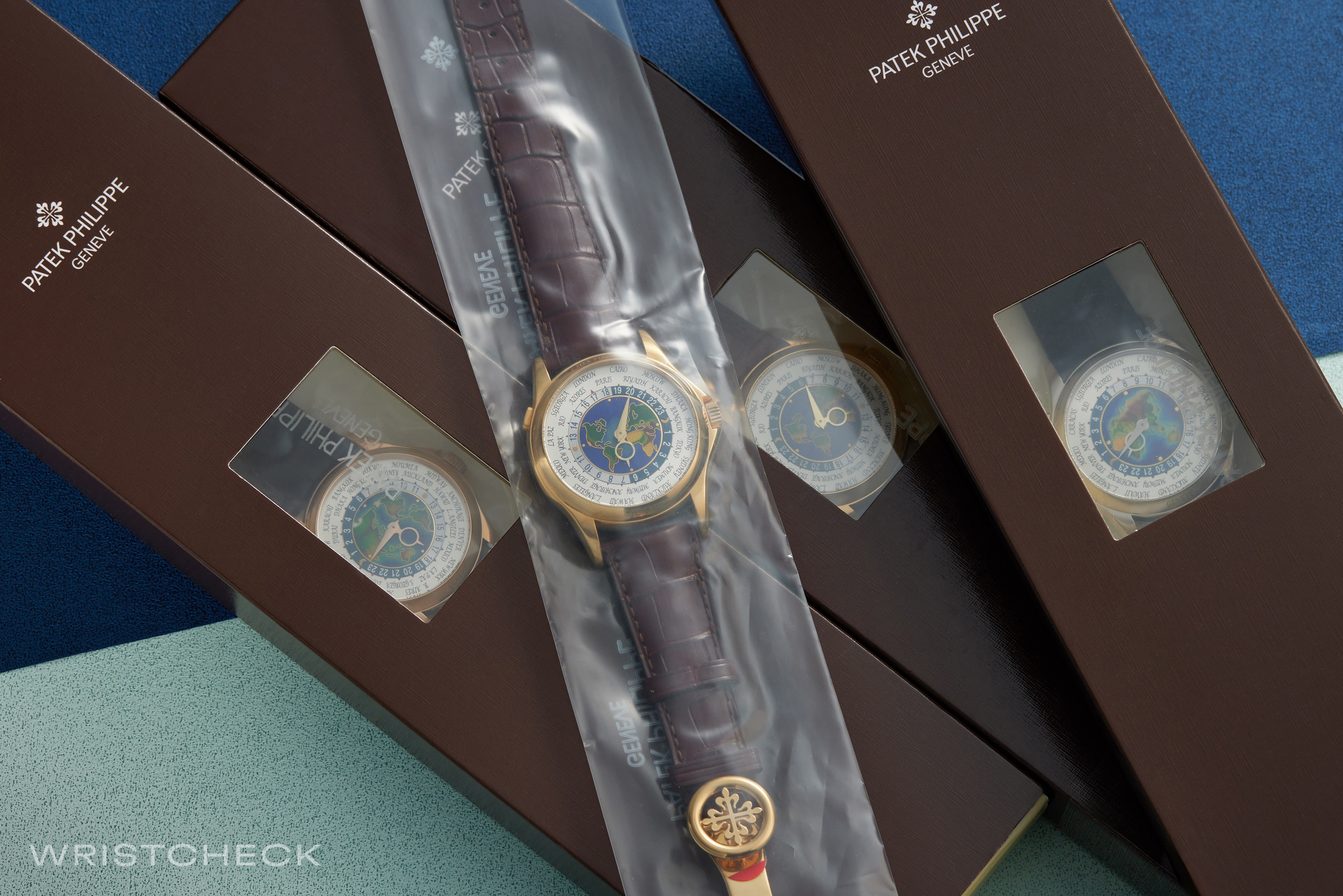
The Patek Philippe reference 5131, which first debuted in yellow gold in 2008, followed by white gold in 2009, pink gold in 2014 and finally platinum in 2017, was an incredibly important watch for the brand, combining so many iconic elements into a single watch. The importance of these models is only heightened by the fact that the reference was discontinued in 2021.
Case and Dial
So, what makes the Reference 5131 so special? In short, everything. The case, offered in yellow, white or pink gold, as well as platinum, measures 39.5mm across, and boasts a smooth, pebble-like shape, with a prominent bezel and gently swelling crown guards. Interestingly enough, the text of 'Patek Philippe' and 'Geneve' that would normally appear on the dial here appear on the bezel.



The case and caliber form the foundation of the 5131's greatness, but it's the dial where the magic happens. The watch is a near-peerless mix of form and function. At the heart of the dial, of course, is the cloisonné enamel map. Enamel dials, which achieve their brilliant finish through repeated applications and high-temperature firings of a silica suspension, are already temperamental creatures, prone to cracking and other failures. Cloisonné dials the difficulty up to 11. Cloisonné is one of the most technically challenging types of enamel because the final image is created with a fine wire framework that forms the outline of the images. So, on these maps, the border of each landmass is a structural element, carefully filled with a different color enamel, painstakingly blended and matched to gradually create an incredibly fine and complex miniature work of art.
Patek Philippe offered several different images of the globe on reference 5131, often with a focus on North America and Europe, but also a version focussing on Asia. Around the cloisonné heart of the dial rests the famous Cottier 24-hour scale, divided into day and night, and the outermost portion is the expansive city ring, with important cities for each of the world's 24 time zones.
The cloisonné enameling technique used by Patek Philippe is a highly detailed process. It begins with shaping fine gold wire into designs like world maps for their world time watches. These designs are carefully applied to a base plate and meticulously painted with enamel. Each plate is fired in a kiln multiple times until the colors achieve perfection.
This craft requires extreme precision, as even the smallest speck of dust or a slight bump can ruin the artisan's work. Due to the handmade nature and the variations caused by firing, every dial is slightly unique and bears its own charm.
Only two enamelists are believed to have created these miniature artworks for Patek Philippe, adding to the exclusivity and individuality of each watch.
The Movement
The movement on the Reference 5131 is the micro-rotor-equipped Calibre 240 HU, based on the legendary Calibre 240, a slender movement that debuted in 1977 and has appeared in some of the brand's most significant watches — the 2.53mm height (a remarkable achievement when it debuted) makes this movement perfect for pairing with complications; it's often found in perpetual calendars and the like. Here, the brand has added the world time on top, while still providing a clear view of the superbly finished bridges and fine details like the glorious Calatrava cross on the gold rotor.
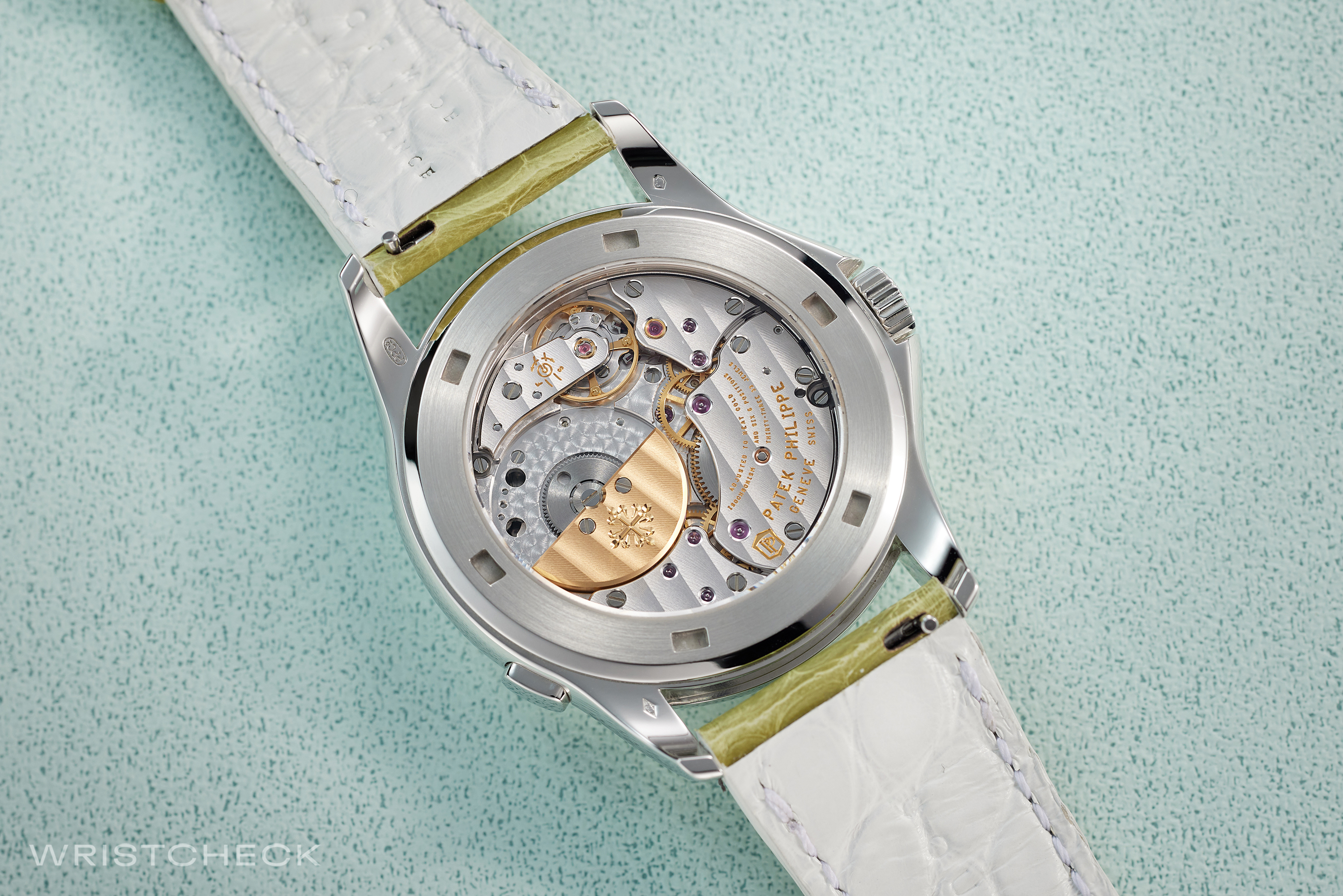
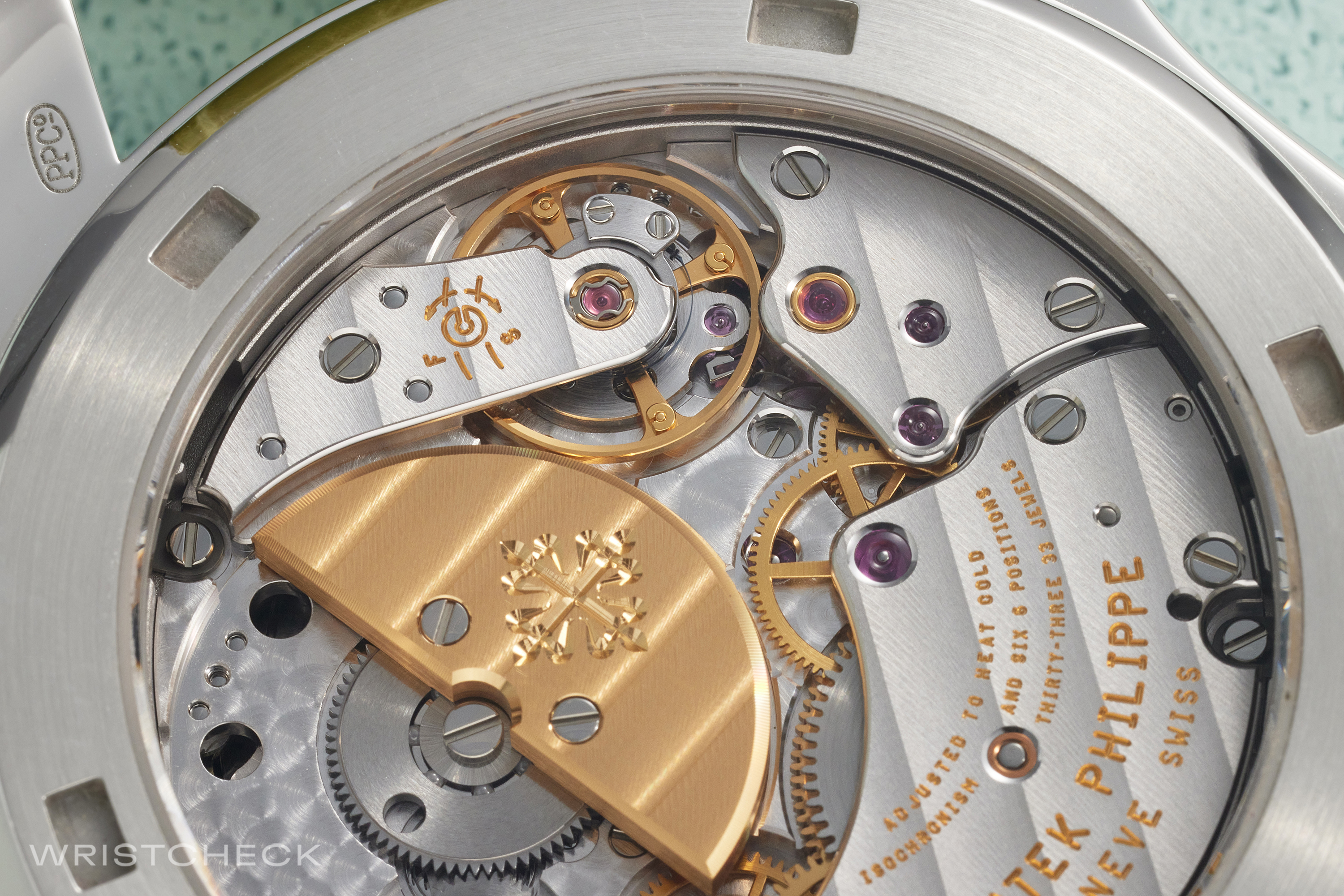
The Patek Philippe Reference 5131 encapsulates so much of what is great about the brand in the 21st century. Its introduction coincides with Thierry Stern's tenure as CEO, but it is also a perfectly executed tribute to the earliest days of the brand's legendary World Timers and early enamel dials. During their production run these watches were highly coveted, seen as one of the brand's most important links to the past. Now that they're discontinued, they're going to become increasingly difficult to find, especially in pristine, sealed condition.



